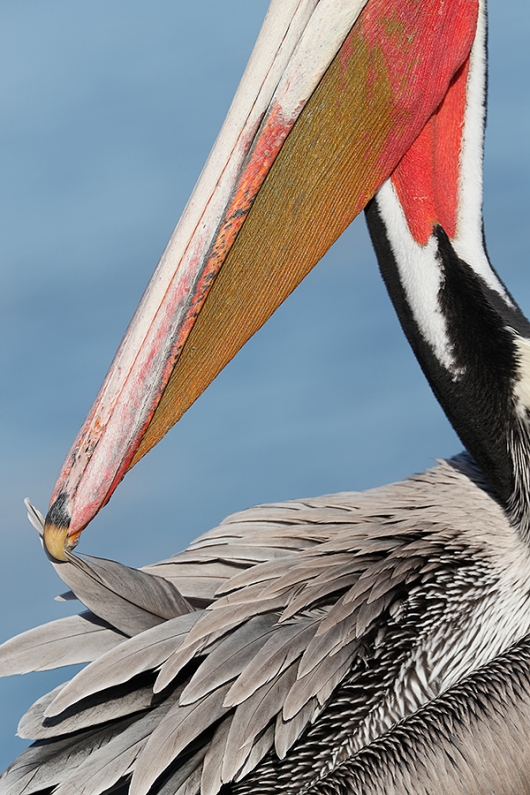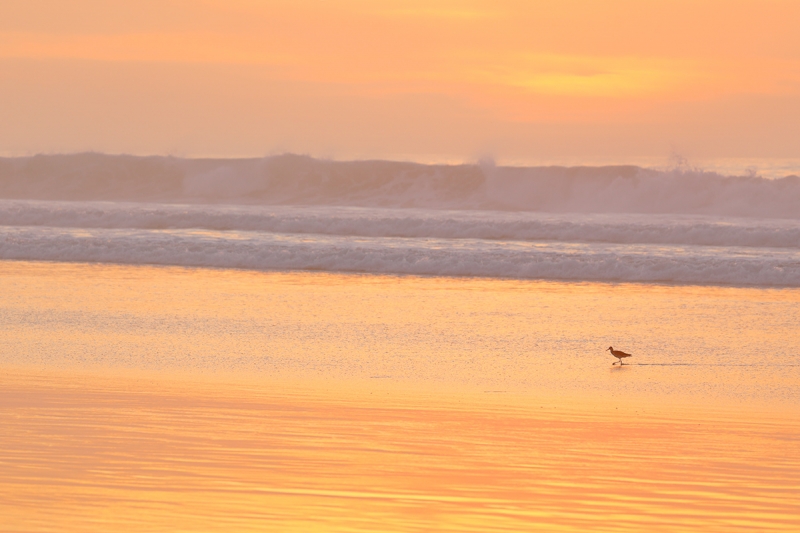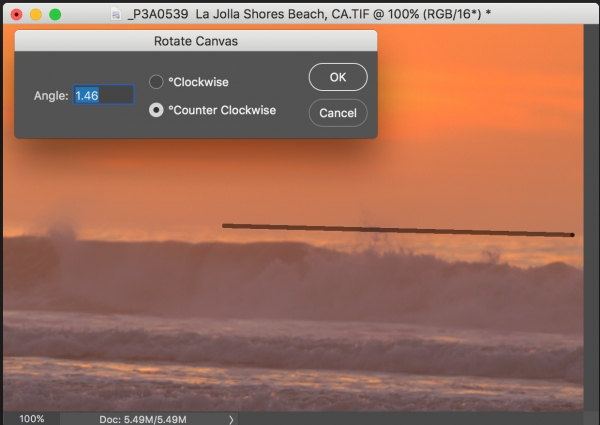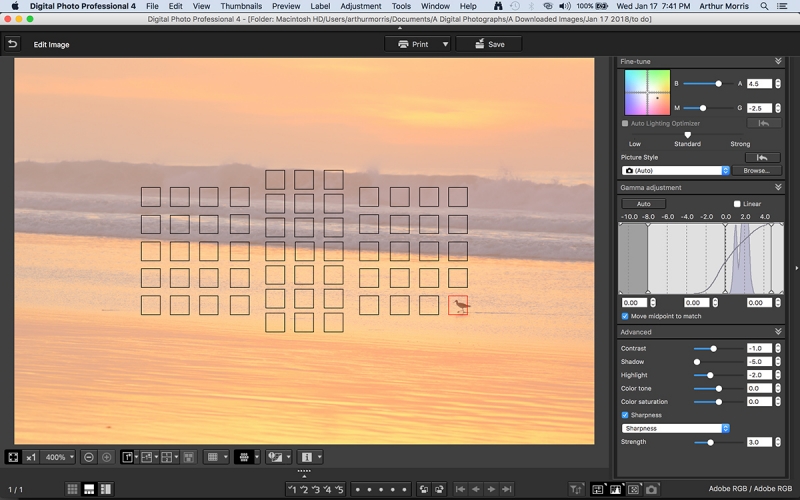Stuff
Friday morning at the cliffs was the worst morning since I arrived in San Diego. With the lower tide levels and the lack of big surf all of the pelicans were roosting in a spot where it was impossible to get on sun angle. That did not stop lots of folks … Lee Sommie and I got out of there pretty quickly and did well with some cormorants and pelicans in flight in a new morning location. In addition we had fun with a tribe of California Sea Lions. A herd? A ??? In the evening we Patrick, Lee, and I, worked the pelicans again and finished with some Brandt’s Cormorant blurs.
I am doing much better with the D-850/200-500 combo. I created some amazing images and a sharp 45-mega-pixel D-850 file offers incredible cropping options. I have pretty much solved the AF problem when using the TCE 14 at close range. Lots of lessons and photos coming soon.
The Streak
Today makes one hundred eighty days in a row with a new educational blog post! This one took about an hour to prepare. With all of my upcoming free time (or not …), the plan right now is to break the current record streak of 480 … Good health and good internet connections and my continuing insanity willing.


Booking.Com
Booking.Com came through for me twice again recently with both the DeSoto Fall IPT and next July’s UK Puffins, Gannets, and Bempton Pre-trip room reservations. And all the rates were great. If you’d like to give Booking.Com a shot, click here and you will earn a $25 reward. Thanks to the many who have already tried and used this great service.
Gear Questions and Advice
Too many folks attending BAA IPTs and dozens of folks whom I see in the field, and on BPN, are–out of ignorance–using the wrong gear especially when it comes to tripods and more especially, tripod heads… Please know that I am always glad to answer your gear questions via e-mail. Those questions might deal with systems, camera bodies, accessories, and/or lens choices and decisions.
Same Photographer, Same Lens. Hard to Believe … Answers
In the Same Photographer, Same Lens. Hard to Believe … blog post here, I asked lots of questions. Here they are along with the images, and my answers and explanations.
|
|
|
This image was created on morning of Thursday, January 18 at La Jolla, CA with the hand held Canon EF 100-400mm f/4.5-5.6L IS II USM lens, the Canon Extender EF 1.4X III (at 420mm), and the blazingly fast Canon EOS-1D X Mark II. ISO 400. Evaluative metering +1/3 stop: 1/640 sec. at f/10 in Manual mode. AWB at 8:29am on a clear morning. LensAlign/FocusTune micro-adjustment: +5. Upper Large Zone/AI Servo/Shutter button AF as framed; the system performed perfectly by activating an array of five AF points on the left side of the bill half way down. Brown Pelican, Pacific race in pre-breeding plumage, preening individual feather |
Super-Tight
This gorgeous pelican was quite comfortable with our presence; there were at least five of us from the group photographing it from close range for close to an hour. I was the lowest and this enabled me to be the closest; others were standing and shooting over me. I created lots of head and bill vertical portraits with lovely Pacific-blue backgrounds. Then I decided to get even closer and try some abstract and quasi-abstract stuff. Why did I go super-tight? The bird had a chunk of feathers missing on one side of its forehead. Note that I went with just a bit of extra depth of field: f/10 instead of the wide open f/9. But at point-blank range, this did not make any real difference at all. Note als0 that I am zoomed out a bit here; from 560 to 420mm.
The JPEG here represents the full frame image capture.
Question #1
Does this image need to show the bird’s eye to be successful? Why or why not?
Artie Says
I do not think that all images need to show the bird’s eye to be successful and that includes the image above. In fact, as someone commented, this one might not have been as powerful if it had included the pelican’s eye. As present it is clean, tight, graphic, angular, a bit abstract, and to my mind, quite effective.
|
|
|
This image was created on late afternoon of Wednesday, January 17 at La Jolla Shores Beach, CA with the hand held Canon EF 100-400mm f/4.5-5.6L IS II USM lens (at 176mm) and my favorite bird-scape photography camera body, the Canon EOS 5D Mark IV. ISO 800. Evaluative metering +2 stops: 1/200 sec. at f/5.6 in Av mode. K7500 at 5:11pm with light clouds and fog on the horizon. LensAlign/FocusTune micro-adjustment: extrapolated to -2. Five AF points to the right of and two rows down from the center AF point/AI Servo/Surround/Shutter button AF as seen in the DPP 4 screen capture below. Willet foraging in the surf at sunset |
Willet Foraging in the Surf at Sunset
When we got to the beach it was 100% foggy. We played around with the gulls and made some nice images. Just as it seemed that the sun might break through two folks left. Those who stayed were rewarded with a pretty decent soft salmon-toned sunset.
Question #2
Which of the two images above do you like best? Why?
Artie Says
As another comment noted, comparing the two images above is like comparing apples and oranges; the mood and feel of each is totally different. While I like both images, if I had to chose only one it would be the pelican abstract. Why? I love the Pacific race pelicans in breeding plumage.
Question #3
How would you attempt to level this image?
Artie Says
This question generated lots of interest. Take a peek at the screen capture below and read my explanation below that.
|
|
a close-up look at the horizon |
A Close-up look at the Horizon
Above you can see the upper right portion of the image. I have darkened the image to make the horizon line more discernable. Once you recognize that as the horizon it is a simple matter of using the Ruler Tool (my keyboard shortcut R) to draw a line along the horizon, hitting Image > Rotate > Arbitrary (or use my keyboard shortcut (Command + /), and then hitting OK. On very rare occasion I will disregard the leveling results so that the image appears more “normal.” That was not the case with this image; as I was shooting at an angle to the waves it is natural that the waves would appear askew and for the same reason, that the Willet’s wake would look slightly askew.
In short, if the horizon is made level the image will in fact be level.
Kudos to PhilA who left this comment:
|
|
DPP 4 Screen Capture
Question #4
What was I attempting to do by moving the Shadow slider to -5?
Artie Says
I was trying to blacken the silhouetted bird. That helped only a little.
Question #5
Why should I have used Single Point/Manual Selection AF instead of AF (Expand) Surround?
Artie Says
It is likely that AF would have been more accurate and that the Willet would have been rendered sharper.
Help Support the Blog
Please help support my (stupendous) efforts here on the blog by remembering to click on the logo link above each time that you shop Amazon. That would be greatly appreciated. There is no problem using your Prime account; just click on the link and log into your Prime account. With love, artie
If In Doubt …
If in doubt about using the BAA B&H affiliate link correctly, you can always start your search by clicking here. Please note that the tracking is invisible. Web orders only. Please, however, remember to shoot me your receipt via e-mail.




Please Remember to use my Affiliate Links and to Visit the New BAA Online Store 🙂
To show your appreciation for my continuing efforts here, we ask, as always, that you get in the habit of using my B&H affiliate links on the right side of the blog for all of your photo and electronics purchases. Please check the availability of all photographic accessories in the New BIRDS AS ART Online Store, especially the Mongoose M3.6 tripod head, Wimberley lens plates, Delkin flash cards and accessories, and LensCoat stuff.
As always, we sell only what I have used, have tested, and can depend on. We will not sell you junk. We know what you need to make creating great images easy and fun. And please remember that I am always glad to answer your gear questions via e-mail.
I would of course appreciate your using our B&H affiliate links for all of your major gear, video, and electronic purchases. For the photographic stuff mentioned in the paragraph above, and for everything else in the new store, we, meaning BAA, would of course greatly appreciate your business. Here is a huge thank you to the many who have been using our links on a regular basis and those who will be visiting the New BIRDS AS ART Online Store as well.
Be sure to like and follow BAA on Facebook by clicking on the logo link upper right. Tanks a stack.
Typos
In all blog posts and Bulletins, feel free to e-mail or to leave a comment regarding any typos or errors. Just be right :).


















Artie, since you have (largely) switched to Nikon systems, to what extent will you be supporting or educating on techniques for Canon systems in the future?
To a great extent 🙂
with love, artie
For me, the pelican photo would be so much more powerful with the eye of the bird in the photograph. I looked at it many times and feel it’s just a so, so photo. If there was an eye included it would be an outstanding photograph!
Though I disagree, I am fine with that; for me it is an outstanding image. Thanks for being civil, and thanks for leaving a comment.
with love, artie
Artie, I’m kind of surprised you’re messing with a TC on the 200-500VR. As good as that lens is, its definitely in the “consumer” class. Anyway, if you’re happy with the 200-500VR+TC14EIII combo on the demanding D850, you’re going to be shocked when you get your 600mm FL E…just make sure you view your images on a “retina” display. As long as you have decent light, my guess is the D850 will eventually replace your D5. No kidding. Looking forward to reading about your Nikon experiences. (BTW, I sure wish Nikon had something to compete with the Canon 100-400II…I’d love to have that lens).
Thanks Gary, As with many lenses that I have used before, I believe that the 200-500 has been overly and unfairly maligned … I have been make some great images with it with both cameras. Even with the TCs. Lots of images and lessons coming soon 🙂
with love, artie
ps: I like surprising folks 🙂
When in doubt about the name for a grouping of anything, just use the Southern term – a “mess” – i.e. a mess of sea lions.
Glad to hear you made the best of challenging photographic conditions. A grouping of sea lions are given different names depending on if they are on land, sea, or mating (colony, raft, rookery/harem – just like birds in some respect). Best wishes.